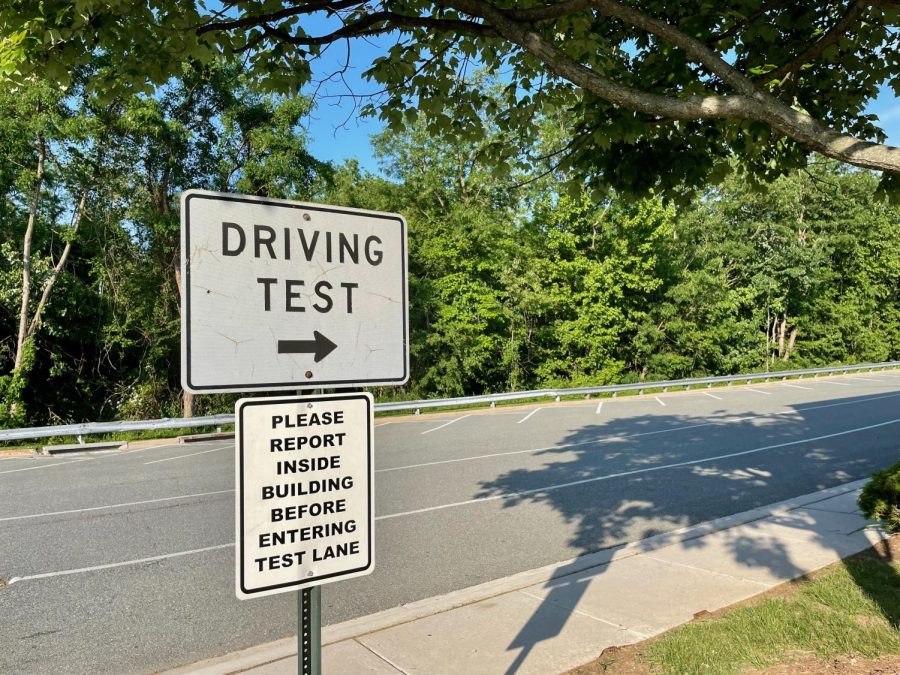MVA to end modified driver’s test, return to standard exam format on June 6
The MVA will end pandemic-era modifications to the driver’s test and resume administration of the open-road portion of the exam on June 6. The agency has administered a modified version of the driver’s test since June 2020 to allow for social distancing.
May 22, 2022
The MVA announced in a May 3 press release that it will end pandemic-era modifications to the driver’s test and resume administration of the open-road portion of the exam on June 6.
Since June 2020, the agency has administered a modified version of the driver’s test on a closed course to allow for social distancing. Unlike the pre-pandemic test, the modified format allows MVA examiners to remain outside of the vehicle for the duration of the exam. To pass, student drivers must pull into and back out of a parking spot and complete a three-point turn. Beginning on June 6, examiners will begin administering the open-road portion of the test, which requires exam-takers to drive along a predetermined route and tests general driving abilities such as braking, steering and obeying traffic signals.
“MDOT MVA provided advanced notice to give applicants ample time to prepare for the return to the original driving test,” MVA Assistant Media Relations Manager Ashley Millner wrote in an email to The Black & White. “The Maryland Department of Transportation has been working closely with the Maryland Department of Health to ensure the safety of our customers and employees.”
The MVA has not required masks inside their buildings since February 2022, and will not require them in testing vehicles. However, the agency still strongly recommends that unvaccinated exam-takers wear face coverings inside MVA facilities and during the driver’s skills test.
In the press release, the agency also wrote that it will encourage MVA agents and exam-takers to improve the ventilation in testing vehicles by opening windows and placing the air conditioning on non-recirculation mode to prevent COVID-19 transmission during the open-road portion of the test.
Before the pandemic, the MVA last modified Maryland’s drivers test in 2015 to remove parallel parking from the closed-course portion of the exam. In justifying the change, the agency cited aspects of the exam that already evaluated parallel parking skills, such as reverse parking and turning.
Senior Javier Laveaga Aguirre drives to and from Whitman each day, and believes that the modified drivers test was “very easy” to pass and didn’t prepare students for open-road driving, he said.
“I felt very confident taking the test because it was just parking,” Aguirre said. “It doesn’t involve any driving in the streets or changing lanes so I don’t think it accurately measures how good of a driver you are.”
Sophomore Maria Samos Rivas said that she is nervous about taking the open-road test because it will require her to navigate roads and traffic with an instructor.
“I feel like I have a higher chance of passing the modified drivers test,” she said. “Having the licensing agent in the car next to me while on the road will make me more nervous and not as confident about being able to pass.”







